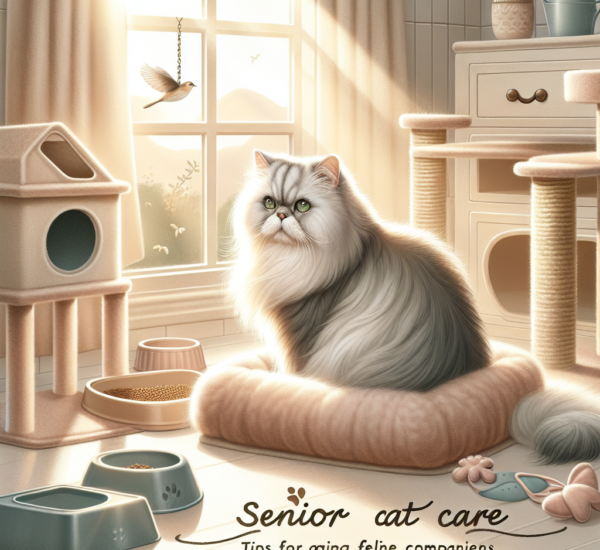Training your cat to use a litter box is an essential part of being a pet owner, yet it can often seem like a daunting task. In this comprehensive guide, we bring you expert strategies and practical tips to make the process as smooth as possible. Say goodbye to accidents and hello to a cleaner home!
Table of Contents
- Why Litter Box Training is Important
- Choosing the Right Litter Box
- Positioning the Litter Box
- Introducing Your Cat to the Litter Box
- Maintaining a Clean Litter Box
- Troubleshooting Common Issues
- Frequently Asked Questions
Why Litter Box Training is Important
Training your cat to use a litter box is crucial for both hygiene and habit formation. A well-trained cat ensures a clean environment and reduces the risk of behavioral issues. According to the ASPCA, inappropriate elimination is a common behavior problem in cats that can be minimized with proper litter box training.
Choosing the Right Litter Box
Finding the appropriate litter box for your cat is an essential first step. There are a variety of options available, from open boxes to self-cleaning ones. Keep in mind your cat’s size, age, and preferences.
Size and Accessibility
Ensure the litter box is large enough for your cat to move around comfortably. For kittens and older cats, low sides facilitate easy entry and exit.
Litter Type
Select the right litter type. Some cats prefer clumping litter while others might favor non-clumping kinds. Experiment to find your cat’s preference.
Positioning the Litter Box
Proper placement of the litter box can make all the difference. Position it in a quiet, low-traffic area so your cat feels safe and comfortable.
Avoiding Confrontation
Avoid placing the box near noisy appliances or areas where other pets (like dogs) might frequently pass through. This helps reduce stress for your cat.
Introducing Your Cat to the Litter Box
Introduce your cat to the litter box gradually. Start by placing them in the box and showing them how to dig in the litter. Positive reinforcement with treats or affection can be beneficial.
Creating a Routine
Establish a routine by placing your cat in the litter box after meals or first thing in the morning. Consistency is key in habit formation.
Maintaining a Clean Litter Box
A clean litter box encourages regular use. Scoop the litter daily and change it entirely at least once a week.
Health and Hygiene
Regular cleaning also prevents odors and ensures your cat’s health. Consider using a mild, pet-safe cleaning agent for the litter box itself.
Troubleshooting Common Issues
If your cat is not using the litter box, there might be underlying issues. Check for health problems, adjust the litter or box type, or consult a veterinarian if needed.
Behavioral Adjustments
Ensure the litter box isn’t too close to feeding areas and consider adding more litter boxes if you have multiple cats. This prevents territorial disputes and ensures availability.
Frequently Asked Questions
Why is my cat refusing to use the litter box?
There can be various reasons, ranging from medical issues to simply being fussy about the litter type. Patience and observation are key.
What if I have multiple cats?
It’s recommended to have as many litter boxes as you have cats, plus one more. This minimizes conflicts and encourages usage.
Can an older cat be trained to use a litter box?
Absolutely! While it might take more time and patience, older cats can certainly learn to use a litter box with consistent training.
For additional tips on cat care, check our comprehensive guide on Cat Nutrition and Health.
Conclusion
Training your cat to use a litter box effectively is a rewarding experience that can significantly improve your life together. By choosing the right litter box, placing it strategically, and maintaining cleanliness, you’ll not only provide your cat with a comfortable environment but also secure peace of mind for yourself. Remember, consistency and patience are your best allies.
Ready to start training your feline friend? Let us know how it goes in the comments below!
[ad_2]



